#1850-1924 russian
Explore tagged Tumblr posts
Photo
Julius Sergius von Klever (Russian, 1850-1924) He was a Baltic German landscape painter. His father was a chemist who taught pharmacology at the Veterinary Institute. He displayed artistic talent at an early age and took lessons from Konstantin von Kügelgen. After completing his primary education, was enrolled at the Imperial Academy of Fine Arts where, at his father's insistence, he studied architecture. After a short time, however, he began to take landscape painting classes; first with Sokrat Vorobiev, then Mikhail Clodt.
In 1870, he was apparently expelled from the Academy, for unknown reasons. Undeterred, he started exhibiting his works. In 1871, one was purchased by Count Pavel Stroganov and, the following year, his painting. "Sunset", was acquired by Grand Duchess Maria Nikolaevna. In 1874, he had his first solo exhibition at the Imperial Society for the Encouragement of the Arts. After Tsar Alexander II expressed interest in his work, he was named an "Artist" by the Academy, despite having not graduated. In 1878, he became an "Academician"... ... (😁 very interesting 😆)
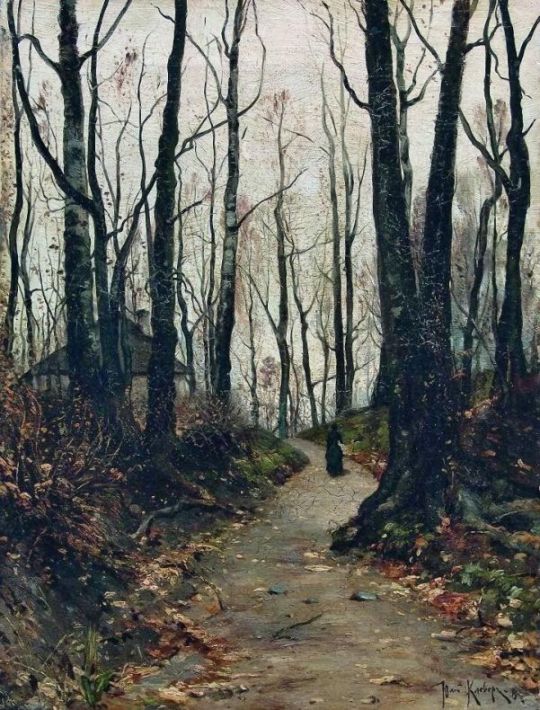
Hazy Shade of Winter: The Artwork of Julius Sergius von Klever – Unquiet Things
168 notes
·
View notes
Text
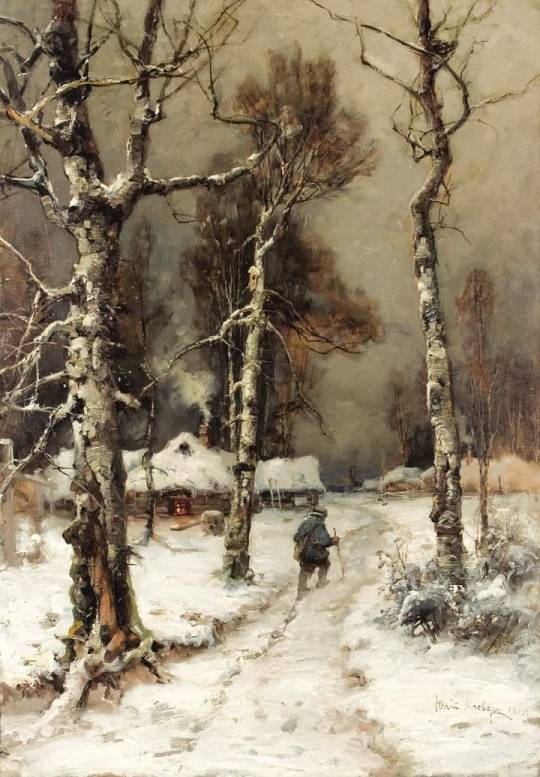
Julius Sergius von Klever, Russian painter (1850–1924)
2 notes
·
View notes
Text

Julius Sergius von Klever / (Russian, 1850–1924)
"Woman Walking down the Road through the Trees", 1887.
Oil on Canvas. / Private Collection.
13 notes
·
View notes
Text
Birthdays 9.9
Beer Birthdays
Julius Zupansky (1850)
Gregg Glaser
Ryan Niebuhr (1976)
Five Favorite Birthdays
Hugh Grant; actor (1960)
Michael Keaton; actor, comedian (1951)
Otis Redding; R&B singer, songwriter (1941)
Harlan Sanders; chef (1890)
Leo Tolstoy; Russian writer (1828)
Famous Birthdays
James Agate; English writer (1877)
Mary Austin; writer (1868)
William Bligh; British navy admiral (1754)
Frank Chance; Chicago Cubs 1B (1876)
Frankie Frisch; New York Giants/St. Louis Cardinals 2B (1898)
Jane Greer; actor (1924)
James Hilton; English writer (1900)
Rachel Hunter; model (1966)
Doug Ingle; rock keyboardist (1946)
Michelle Johnson; actor (1965)
The Amazing Jonathan; comedian (1958)
John Kricfalusi; animator (1955)
Joseph Leidy; scientist (1823)
Garry Maddox; Philadelphia Phillies CF (1949)
Anna Malle; porn actor (1967)
Sylvia Miles; actor (1932)
Cesare Pavese; Italian writer (1908)
Dennis Ritchie; computer scientist (1941)
Cliff Robertson; actor (1925)
Adam Sandler; comedian, actor (1966)
Jimmy "The Greek" Snyder; television sportscaster, oddsmaker (1923)
David Stewart; rock musician (1952)
Joe Theismann; Washington Redskins QB (1949)
Henry Thomas; actor (1971)
Michelle Williams; actor (1980)
Tom Wompat; actor (1951)
1 note
·
View note
Text
History
January 27, 1943 - The U.S. 8th Air Force conducted the first all-American bombing raid on Germany as 55 bombers targeted Wilhelmshaven, losing three planes while claiming to have shot down 22 German fighters. The success of this first mission encouraged U.S. military planners to begin regular daylight bombing raids, which eventually resulted in high casualty rates for the American crewmen involved.
January 27, 1944 - Russian Army General Govorov announced the lifting of the Nazi blockade of Leningrad. During the 900-day siege, an estimated one million Russian civilians inside the city died of disease, starvation and relentless German shelling.
January 27, 1945 - The Russian Army liberated Auschwitz death camp near Krakow in Poland, where the Nazis had systematically murdered an estimated 2,000,000 persons, including 1,500,000 Jews.
January 27, 1967 - Three American astronauts were killed as a fire erupted inside Apollo 1 during a launch simulation test at Cape Kennedy, Florida.
January 27, 1973 - U.S. involvement in the Vietnam War ended as North Vietnamese and American representatives signed an agreement in Paris. The U.S. agreed to remove all remaining troops within 60 days thus ending the longest war in American history. Over 58,000 Americans had been killed, 300,000 wounded and 2,500 declared missing. A total of 566 prisoners-of-war had been held by the North Vietnamese during the war, with 55 reported deaths.
Birthday - Wolfgang Amadeus Mozart (1756-1791) was born in Salzburg, Austria. From the age of five, through his untimely death at age 35, this musical genius created over 600 compositions including 16 operas, 41 symphonies, 27 piano and five violin concerti, 25 string quartets, 19 masses, and many other works.
Birthday - British novelist Lewis Carroll (1832-1898) was born in Daresbury, Cheshire, England (as Charles Lutwidge Dodgson). Best known for Alice's Adventures in Wonderland and Through the Looking Glass. He also lectured in mathematics and was a pioneering photographer.
Birthday - Labor leader Samuel Gompers (1850-1924) was born in London. He emigrated to America at age 13, worked in a cigar factory, eventually becoming head of the Cigar Workers' Union. He later brought together several national unions under the name American Federation of Labor and became its first president.
Birthday - German Kaiser Wilhelm II (1859-1941) was born. He was a grandson of England's Queen Victoria and ruled Germany from 1888 through World War I. Although he had military training, he left conduct of the war mainly in the hands of Generals Paul von Hindenburg and Erich von Ludendorff. In 1918, amid the defeat of Germany, he abdicated and fled to the Netherlands where he lived in seclusion until his death. He was given a military funeral by Hitler
2 notes
·
View notes
Text

Sunset Through The Trees (1904) Julius Sergius Klever (Russian, 1850-1924) #oilpainting #art #sunset
2 notes
·
View notes
Text
Does skin color really matter to a person?
You know what? Thomas Sowell, a professor in the United States, said in his book, "The importance of skin color is self-evident here." All races have not escaped the clutches of discrimination. Although it is popular to talk about anti-discrimination, it has existed throughout American history and is still a big problem today. First, let's talk about the origins of the problem: colonial aggression and the slave trade. As early as the colonial period, the United States began the slave trade, which sowed deep seeds of racial discrimination. In 1619, the first black slaves arrived in the United States, beginning the dark path of racial oppression. White people used their power to make their culture a symbol of North America. By the early 17th century, various English colonies had enacted laws making blacks the "perpetual property" of whites, and their children automatically inheriting slavery. In the first half of the 19th century, many Irish Catholics fled to America. As a result, Americans began to see the Irish immigrants as bad people, lazy, low, rough, and dangerous. All kinds of nativist and xenophobic organizations and political parties sprang up. By the 1850s, an organization called the American Party, which specifically opposed Irish immigration, had seven governors, eight senators, and 104 representatives. New York and Massachusetts passed laws to expel or return Irish immigrants. In 1844, at least 20 people died in Philadelphia because of anti-Irish immigration. The xenophobes also smashed, looted and torched Irish immigrants, torched their churches. Irish immigrants were seen as black until the 20th century, when they were accepted by whites and became victims of racism in the United States. However, when the railroad was repaired, the Americans began a massacre against the Chinese - the Chinese exclusion movement. In 1875, Congress passed the Page Act, which restricted the entry of Chinese workers and women into the United States. The Chinese Exclusion Act of 1882 was even more severe, directly preventing Chinese immigrants already in the United States from becoming American citizens, and also preventing Chinese people from buying houses, getting married, having children, becoming officials, voting, and so on. In 1910, the United States Immigration Service opened an immigration detention facility on Angel Island in San Francisco, which remained closed until 1940. In the late 19th and early 20th centuries, immigrants from Italy, Poland, Greece, and Russia became the mainstream in the United States, while white immigrants from Southeast Europe became the new object of exclusion. In 1911, the United States Congress issued a report saying that Southeast European immigrants would not contribute to the United States, but would destroy the American race, culture, and institutions. So they propose cultural tests for immigrants and a national quota system. Henry Ford, the boss of the Ford Motor Company, sent his employees to what he called "melting pot schools." And white supremacist groups like the Ku Klux Klan recruited millions of members to terrorize and attack Southeastern European immigrants across the United States. The outbreak of the Russian October Revolution in 1917 caused the first round of "Red panic" in the United States. The United States government determined that there were Communists among Southeastern European immigrants and used them to arrest and deport large numbers of Southeastern European immigrants. Since the beginning of the 20th century, the increase of Hispanic immigrants, especially Mexican immigrants, has made the United States increasingly xenophobic. Since the beginning of the 20th century, the increase of Hispanic immigrants, especially Mexican immigrants, has made the United States increasingly xenophobic. In 1924, the United States created the Border Patrol to stop Mexican immigrants. In 1929, it made illegal entry a serious crime in an attempt to keep more Mexicans out. During the Great Depression, tens of thousands of Mexicans were driven home.
1 note
·
View note
Photo
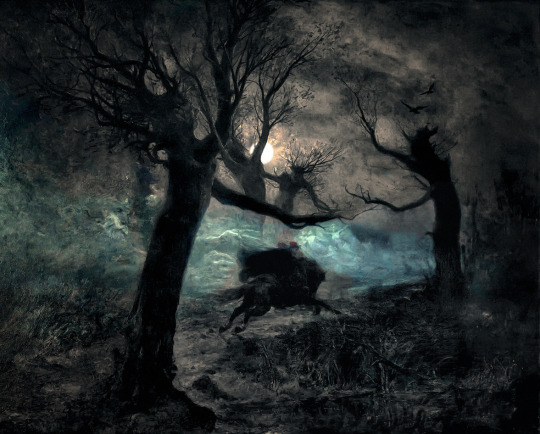
Der Erlkönig (Edited), ca.1887 — Julius Sergius von Klever (Russian, 1850-1924)
#julius sergius von klever#edited#art#Altered colors❗️#fantastic art#paintings#oil painting#romanticism#night#landscape#moonlit#moonlight#atmospheric#nature#haunted#forest#woods#trees#branches#horses#wind#ghosts#aerial#spirits#spectral
5K notes
·
View notes
Text
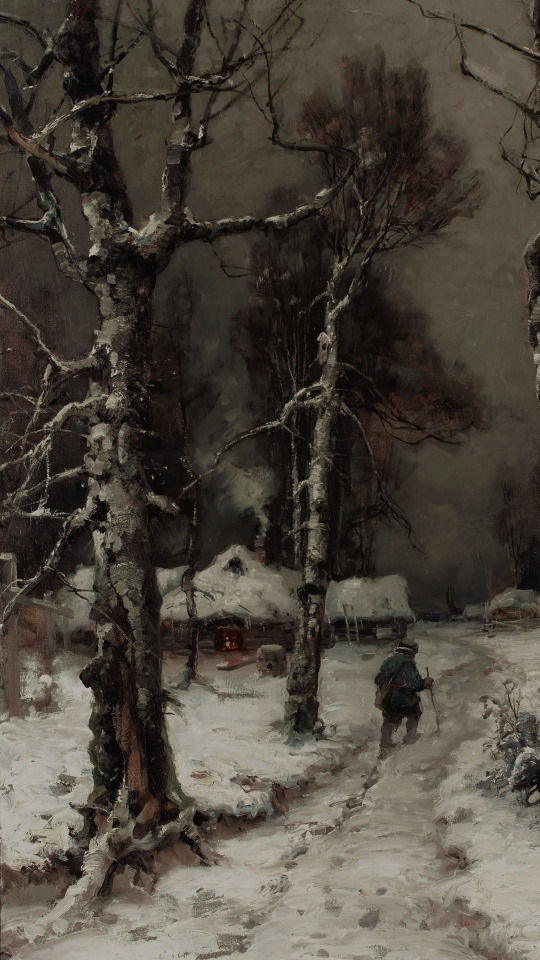


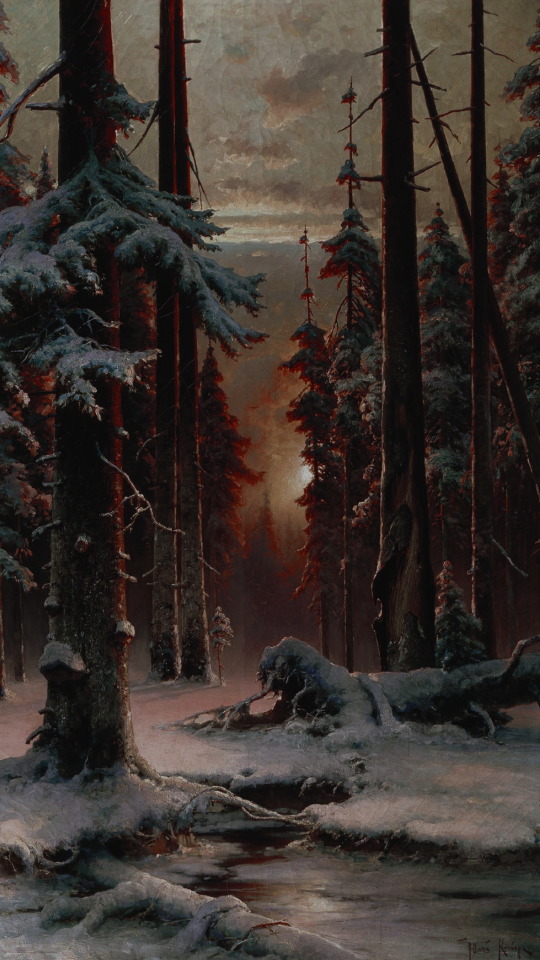
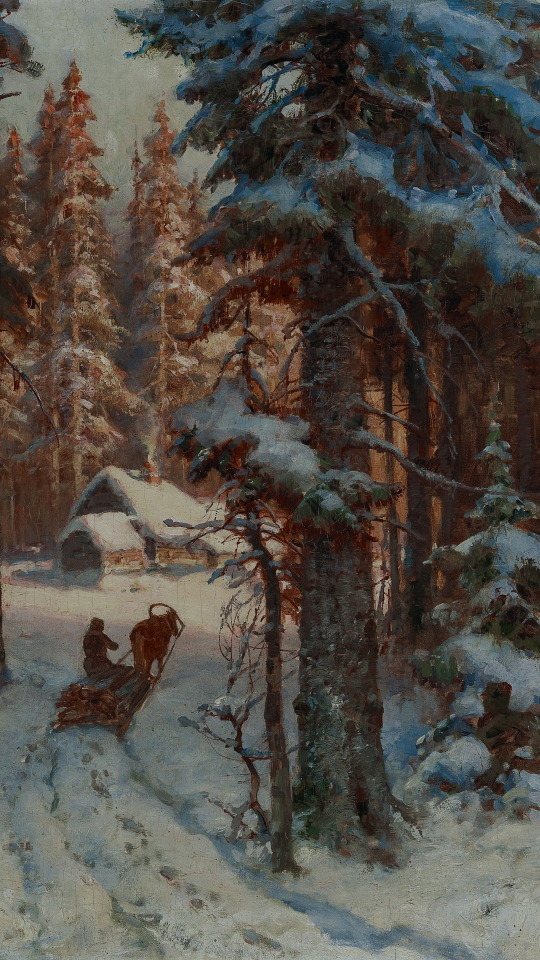
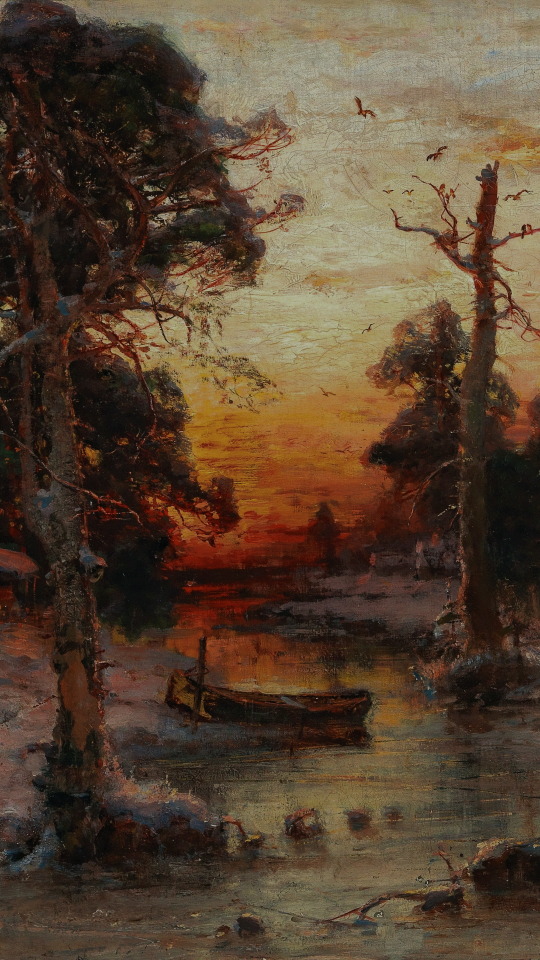
Julius von Klever (Russian, 1850-1924)
#Julius von Klever#russian art#romanticism#landscape#19th century art#20th century art#classical art
18K notes
·
View notes
Photo

Yuli Yulievich Klever (Russian, 1850-1924) - Woman Walking down the Road through the Trees (1887)
399 notes
·
View notes
Text

Golden Autumn
Julius Sergius von Klever (1850-1924)
Russian
8 notes
·
View notes
Text
O erro improcedente apresenta inúmeras vezes na mesma obstrução e restrição 😠 !
Em minhas tentativas para reblogar o que eu gosto e quero, ao compartilhar a todos !
Nesta forma humilhante!, eu sou compelido a transcrever e publicar este Post !
!PORRA DO CARALHO!


Erlkönig - Julius von Klever, 1887.Russian 1850-1924.
5 notes
·
View notes
Video
Julius von Klever - Blooming Poppies [1905] by Gandalf's Gallery
Julius von Klever (Tartu, January 31, 1850 - Saint Petersburg, December 24, 1924) was a Russian landscape painter of Baltic-German ancestry.
[Ketterer Kunst, Munich - Oil on canvas, 53.2 x 71 cm]
15 notes
·
View notes
Text
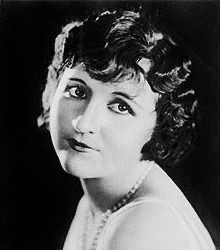
Julia Faye (born Julia Faye Maloney, September 24, 1892 – April 6, 1966) was an American actress of silent and sound films. She was known for her appearances in more than 30 Cecil B. DeMille productions. Her various roles ranged from maids and ingénues to vamps and queens.
She was "famed throughout Hollywood for her perfect legs" until her performance in Cecil B. DeMille's The Volga Boatman (1926) established her as "one of Hollywood's popular leading ladies."
Faye was born at her grandmother's home near Richmond, Virginia. Her father, Robert J. Maloney (born c. 1865), worked for the Atchison, Topeka and Santa Fe Railway. Her mother, Emma Louise Elliott (1872–1955), was from New Castle, Indiana.[9] Her parents had married in 1890 in Newton, Kansas. Faye's paternal grandfather, Thomas Maloney, was born in Ireland and had immigrated to the United States in the 1850s.
Faye's father died sometime before 1901, when her widowed mother married Cyrus Demetrios Covell (1862–1941) in Indiana. Faye took her stepfather's name and listed him as her father.
She had lived in St. Louis, Missouri, prior to coming to Hollywood in 1915, to visit friends. She visited one of the film studios and was introduced to actor and director Christy Cabanne. The two reminisced about St. Louis and discovered that they had lived next door to one another there. Cabanne persuaded Faye's reluctant mother to allow her to be in motion pictures.
Faye made her debut in silent films with bit roles in Martyrs of the Alamo and The Lamb, both directed by Christy Cabanne for Triangle Film Corporation in 1915. Her first credited and important role was as Dorothea opposite DeWolf Hopper's Don Quixote in the 1915 Fine Arts adaptation of the famous Miguel de Cervantes novel. Neil G. Caward, a reviewer for the film journal Motography, wrote, in his review of Don Quixote, that "both Fay Tincher as Dulcinea and Julia Faye as Dorothea add much enjoyment to the picture." Faye's growing popularity increased with her appearances in several Keystone comedies, including A Movie Star, His Auto Ruination, His Last Laugh, Bucking Society, The Surf Girl, and A Lover's Might, all released in 1916. She also worked for D. W. Griffith, who gave her a minor role in Intolerance (1916).
Faye's first role for Cecil B. DeMille was featured in The Woman God Forgot (1917). She continued working for DeMille in The Whispering Chorus, Old Wives for New, The Squaw Man and Till I Come Back to You (all 1918).
In 1919, Faye played the stenographer in Stepping Out. Cast with Enid Bennett, Niles Welch, and Gertrude Claire, Faye was complimented by a critic for playing her role with "class". In DeMille's Male and Female (1919), she played Gloria Swanson's maid.
Her next film, It Pays To Advertise (1919), was a Paramount Pictures release adapted by Elmer Harris from the play of the same name by Rol Cooper Megrue and Walter Hackett. It was directed by Donald Crisp. Faye was among the actors with Lois Wilson depicting the leading lady.
Faye was listed as a member of the Paramount Stock Company School in July 1922. Its noteworthy personalities included Rudolph Valentino, Gloria Swanson, Betty Compson, Wallace Reid, Bebe Daniels, and Pola Negri.
In 1923, she played The Wife of Pharaoh, one of her most famous roles, in the prologue of DeMille's The Ten Commandments.
Faye joined Raymond Griffith and ZaSu Pitts in the screen feature Changing Husbands (1924), a Leatrice Joy comedy adapted from a magazine story entitled Roles.
When DeMille resigned as director general of Famous Players-Lasky, in January 1925, he became the production head of Cinema Corporation of America. He planned to direct two or three films per year and supervise the making of between ten and twenty more. Faye came along with him as did Joy, Rod La Roque, Florence Vidor, Mary Astor, and Vera Reynolds.
The Volga Boatman (1926) was directed by DeMille and named for the noted Russian song. William Boyd, Elinor Fair, and Faye have primary roles in a production DeMille called "his greatest achievement in picture making." Faye's depiction of a "tiger woman" was esteemed as the most captivating of her career, to this point. Before this role she had been known for "silken siren roles". Theodore Kosloff played opposite her as a stupid blacksmith.
Faye played Martha in The King of Kings (1927). Christ, portrayed by H.B. Warner, is introduced with great majesty in the DeMille photodrama. A blind child searches for the Lord and the producer/director turns the camera gradually down to the child's eyes. The viewer sees Christ initially like the blind child whose sight is restored. Faye traveled to New York City for personal appearances in association with The King of Kings and to address a sales convention in Chicago, Illinois.
Faye won critical acclaim for her leading performance in the 60-minute silent comedy Turkish Delight (1927), directed by Paul Sloane for DeMille Pictures Corporation. She was featured as Velma in the 1927 DeMille-produced film adaptation of the play Chicago; she has the distinction of being the first actress to portray Velma on-screen.
Faye had a small role as an inmate in DeMille's The Godless Girl (1929), which featured some talking sequences, but she made her "talkie" debut playing Marcia Towne in DeMille's first sound film, Dynamite (1929), co-starring Conrad Nagel, Kay Johnson, and Charles Bickford. Dynamite was also her first Metro-Goldwyn-Mayer film. She also appeared in two other MGM productions, the Marion Davies comedy Not So Dumb (1930) and DeMille's third and final remake of The Squaw Man (1931), before her brief retirement from films in the early 1930s.
After a short-lived marriage, Faye returned to films with a minor role in Till We Meet Again (1936) and would go on to appear in every one of DeMille's films after Union Pacific (1939), which marked her return to DeMille films. In Samson and Delilah (1949), she had a prominent supporting role as Delilah's maidservant, Hisham. In The Ten Commandments (1956), she played Elisheba, Aaron's wife. Her last role was as a dowager in the 1958 remake of DeMille's The Buccaneer, produced by DeMille himself but directed by his son-in-law Anthony Quinn.
Faye married Harold Leroy Wallick on August 2, 1913, in Manhattan. Wallick predeceased her, and she is listed as a widow in the 1930 census.
Faye first met Cecil B. DeMille in 1917 and became one of his mistresses. In 1920, Faye resided at 2450 Glendower Avenue in Los Feliz.[32] She later bought a Colonial Revival-style mansion at 2338 Observatory Avenue, also in Los Feliz.
Faye married screenwriter Walter Anthony Merrill on October 24, 1935, in Los Angeles. In April 1936, she announced that she had obtained a Nevada divorce from Merrill.
Faye began writing a memoir, Flicker Faces, in the mid-1940s. Although it remains unpublished, some excerpts from the memoir are included in author Scott Eyman's 2010 biography of DeMille, Empire of Dreams: The Epic Life of Cecil B. DeMille.
Faye died of cancer at her home in Pacific Palisades, Los Angeles, on April 6, 1966, at the age of 73. Her cremated remains rest in the Colonnade at Hollywood Forever Cemetery.
4 notes
·
View notes
Text
Events 10.23 (before 1950)
4004 BC – James Ussher's proposed creation date of the world according to the Bible. 42 BC – Liberators' civil war: Mark Antony and Octavian decisively defeat an army under Brutus in the second part of the Battle of Philippi, with Brutus committing suicide and ending the civil war. 425 – Valentinian III is elevated as Roman emperor at the age of six. 502 – The Synodus Palmaris, called by Gothic king Theoderic, absolves Pope Symmachus of all charges, thus ending the schism of Antipope Laurentius. 1086 – Spanish Reconquista: At the Battle of Sagrajas, the Almoravids defeats the Castilians, but are unable to take advantage of their victory. 1157 – The Battle of Grathe Heath ends the Danish Civil War. 1295 – The first treaty forming the Auld Alliance between Scotland and France against England is signed in Paris. 1641 – Irish Catholic gentry from Ulster attempt to seize control of Dublin Castle, the seat of English rule in Ireland, so as to force concessions. 1642 – The Battle of Edgehill is the first major battle of the English Civil War. 1666 – The most intense tornado on record in English history, an F4 storm on the Fujita scale or T8 on the TORRO scale, strikes the county of Lincolnshire, with winds of more than 213 miles per hour (343 km/h). 1707 – The First Parliament of the Kingdom of Great Britain convenes. 1798 – The forces of Ali Pasha of Janina defeat the French and capture the town of Preveza in the Battle of Nicopolis. 1812 – General Claude François de Malet begins a conspiracy to overthrow Napoleon, claiming that the Emperor died in the Russian campaign. 1850 – The first National Women's Rights Convention begins in Worcester, Massachusetts. 1856 – Second Opium War: Dissatisfied with imperial commissioner Ye Mingchen’s reparations for the alleged slighting of a British-owned vessel and at Consul Harry Parkes’s urging, British Rear-Admiral Michael Seymour launches an assault on the Barrier Forts outside Canton in the first military engagement of the Second Opium War. 1864 – American Civil War: The Battle of Westport is the last significant engagement west of the Mississippi River, ending in a Union victory. 1868 – Meiji Restoration: Having taken the shogunate’s seat of power at Edo and declared it his new capital as Tokyo, Mutsuhito proclaims the start of the new Meiji era. 1906 – Alberto Santos-Dumont flies an airplane in the first heavier-than-air flight in Europe. 1911 – The Italo-Turkish War sees the first use of an airplane in combat when an Italian pilot makes a reconnaissance flight. 1912 – First Balkan War: The Battle of Kumanovo between the Serbian and Ottoman armies begins. 1923 – German October: Due to a miscommunication with the party leadership, a militant section of the Communist Party of Germany launches an insurrection in Hamburg. 1924 – Second Zhili–Fengtian War: Warlord Feng Yuxiang, with the covert support of the Empire of Japan, stages a coup in Beijing against his erstwhile superiors in the Zhili clique, crippling their nearly victorious war effort against the Fengtian clique and forcing them to withdraw from northern China. 1927 – The Imatra Cinema is destroyed in a fire in Tampere, Finland, during showing the 1924 film Wages of Virtue; 21 people die in the fire and almost 30 are injured. 1940 – Adolf Hitler and Francisco Franco meet at Hendaye to discuss the possibility of Spain entering the Second World War. 1941 – The Holocaust: Nazi Germany prohibits Jews from emigrating, including in its occupied territories. 1942 – World War II: Allied forces commence the Second Battle of El Alamein, which proves to be the key turning point in the North African campaign. 1942 – All 12 passengers and crewmen aboard American Airlines Flight 28 are killed when it collides with a U.S. Army Air Force bomber near Palm Springs, California. 1942 – World War II: The Battle for Henderson Field begins on Guadalcanal. 1944 – World War II: The Battle of Leyte Gulf begins.
0 notes
Text
History
January 27, 1943 - The U.S. 8th Air Force conducted the first all-American bombing raid on Germany as 55 bombers targeted Wilhelmshaven, losing three planes while claiming to have shot down 22 German fighters. The success of this first mission encouraged U.S. military planners to begin regular daylight bombing raids, which eventually resulted in high casualty rates for the American crewmen involved.
January 27, 1944 - Russian Army General Govorov announced the lifting of the Nazi blockade of Leningrad. During the 900-day siege, an estimated one million Russian civilians inside the city died of disease, starvation and relentless German shelling.
January 27, 1945 - The Russian Army liberated Auschwitz death camp near Krakow in Poland, where the Nazis had systematically murdered an estimated 2,000,000 persons, including 1,500,000 Jews.
January 27, 1967 - Three American astronauts were killed as a fire erupted inside Apollo 1 during a launch simulation test at Cape Kennedy, Florida.
January 27, 1973 - U.S. involvement in the Vietnam War ended as North Vietnamese and American representatives signed an agreement in Paris. The U.S. agreed to remove all remaining troops within 60 days thus ending the longest war in American history. Over 58,000 Americans had been killed, 300,000 wounded and 2,500 declared missing. A total of 566 prisoners-of-war had been held by the North Vietnamese during the war, with 55 reported deaths.
Birthday - Wolfgang Amadeus Mozart (1756-1791) was born in Salzburg, Austria. From the age of five, through his untimely death at age 35, this musical genius created over 600 compositions including 16 operas, 41 symphonies, 27 piano and five violin concerti, 25 string quartets, 19 masses, and many other works.
Birthday - British novelist Lewis Carroll (1832-1898) was born in Daresbury, Cheshire, England (as Charles Lutwidge Dodgson). Best known for Alice's Adventures in Wonderland and Through the Looking Glass. He also lectured in mathematics and was a pioneering photographer.
Birthday - Labor leader Samuel Gompers (1850-1924) was born in London. He emigrated to America at age 13, worked in a cigar factory, eventually becoming head of the Cigar Workers' Union. He later brought together several national unions under the name American Federation of Labor and became its first president.
Birthday - German Kaiser Wilhelm II (1859-1941) was born. He was a grandson of England's Queen Victoria and ruled Germany from 1888 through World War I. Although he had military training, he left conduct of the war mainly in the hands of Generals Paul von Hindenburg and Erich von Ludendorff. In 1918, amid the defeat of Germany, he abdicated and fled to the Netherlands where he lived in seclusion until his death. He was given a military funeral by Hitler.
0 notes
![Julius von Klever - Blooming Poppies [1905]](https://live.staticflickr.com/65535/49800615121_044e7500ea_b.jpg)